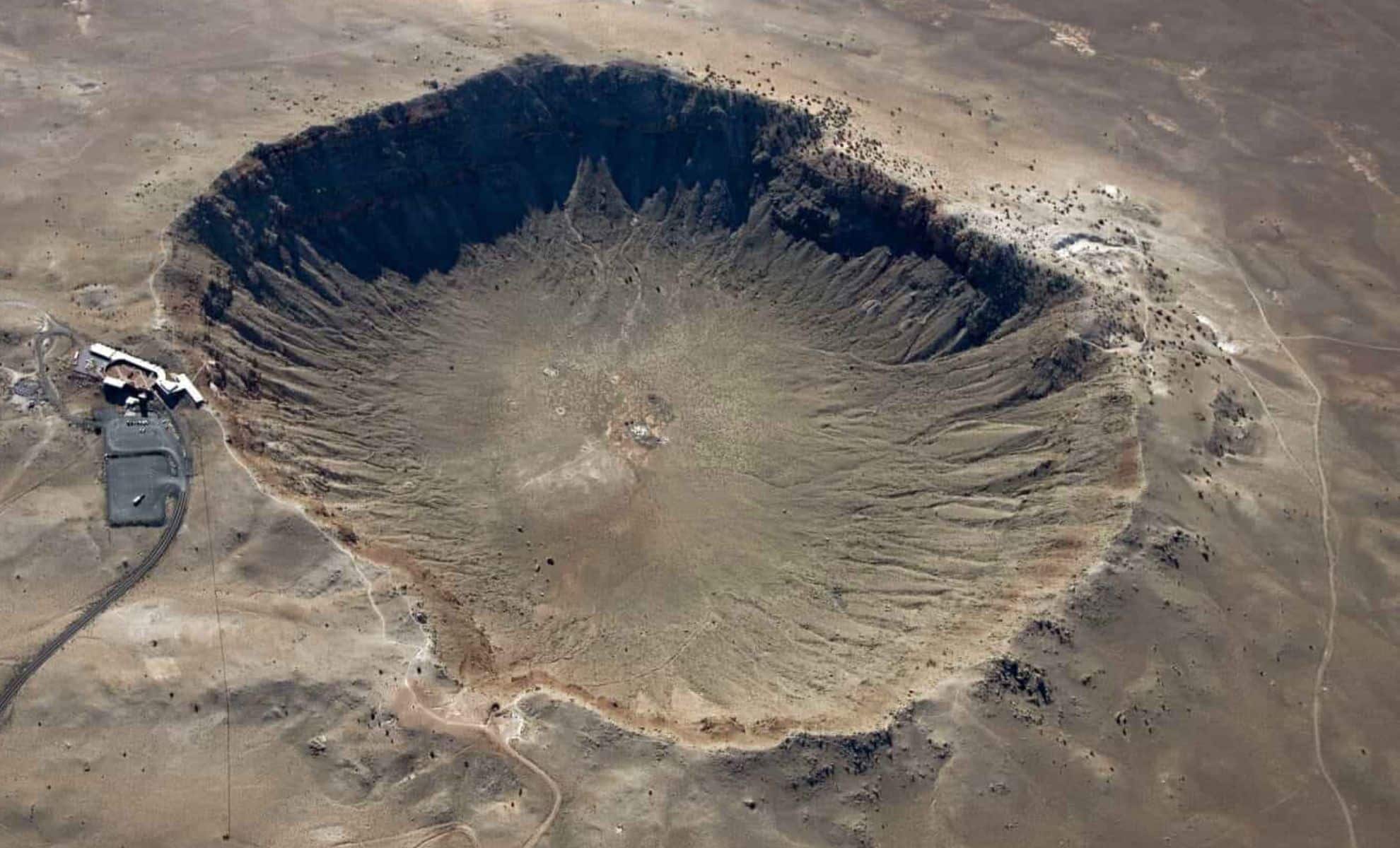
In a remarkable scientific advancement, researchers have identified a colossal underwater crater hidden beneath the waters of the Chesapeake Bay. This crater is astonishingly three times larger than the Grand Canyon. Formed by an asteroid impact over 35 million years ago, this ancient impact crater unveils vital information about the cataclysmic events that have shaped our planet’s history. The crater, first confirmed in the early 1990s through drilling techniques, enhances our comprehension of how devastating occurrences, such as asteroid impacts, have influenced both the geological and biological evolution of Earth.
The collision with the asteroid not only carved out a massive crater but also incited a chain of catastrophic events, including widespread fires, tremendous earthquakes, and a massive tsunami that transformed the landscapes of present-day Virginia and Maryland. Measuring about 25 miles across, this crater stands as one of the largest known impact craters in the United States. Ongoing research aims to decipher the immense forces behind this event and their enduring effects on our planet.
Astonishing Findings Within Chesapeake Bay
The spectacular underwater crater resulting from the asteroid collision serves as a striking testament to the destructive forces that have shaped our planet’s geological narrative. Hidden beneath layers of sediment for millions of years, the crater was only uncovered in the early 1990s through marine drilling efforts. This pivotal discovery has been integral to the scientific community, showcasing the magnitude of this ancient event that altered the East Coast of North America. At a diameter of 25 miles, this crater is significantly larger than most known impact sites globally and serves as crucial evidence for understanding the mechanics of asteroid collisions.
Research into this crater has equipped scientists with new methodologies for examining the ramifications of asteroid impacts on the Earth’s surface. This work clarifies how such incidents can lead to widespread devastation while leaving enduring imprints on the landscape. Researchers have investigated ejecta from the impact, which spread over an area greater than 4 million square miles—almost ten times the area of Texas—helping to reconstruct the sequence and severity of the event.


The Astounding Global Consequences
The asteroid’s impact sparked more than just the formation of a crater; it unleashed an array of global consequences that significantly altered Earth’s environment and climate. The collision propelled debris into the atmosphere, including tektites—natural glass formed from meteoritic events—and zircon crystals, which were subject to extreme pressures. These shock-metamorphosed minerals provide vital geological indications of the impact’s intensity. The resultant debris generated the North American tektite strewn field, spanning an impressive 4 million square miles.
This ejected material rapidly cooled upon contact with seawater and largely settled on the ocean floor, meticulously preserving a record of the event. Analyzing these substances, particularly the shock-altered zircon crystals, has allowed scientists to glean essential details regarding the timing and force of the asteroid’s impact. These microscopically thin crystals, comparable to the width of a human hair, were located in ocean sediments 400 kilometers (250 miles) northeast of the impact zone, offering profound insights into the shock pressures generated by the collision.
Significance of Dating the Impact Event
To gain a more intricate understanding of the asteroid’s impact and its extensive repercussions, scientists employed advanced dating methods on samples collected from the impact area. Under the guidance of Marc Biren from Arizona State University, the team utilized uranium-thorium-helium dating techniques to establish a refined timeline for the ejection of materials, as well as their cooling and settling processes. These insights are crucial for comprehending not just the timing of this event, but they also contribute significantly to the broader field of impact event research, highlighting the potential ramifications of similar asteroid collisions on Earth’s geological and biological evolution.
This article has been republished from the following materials. Note: material may have been edited for length and content. For further details, please reach out to the cited source.
What do you think? Share your opinions in the comments
Enjoyed this article? Subscribe to our free newsletter for captivating stories, exclusive information, and the latest updates.









